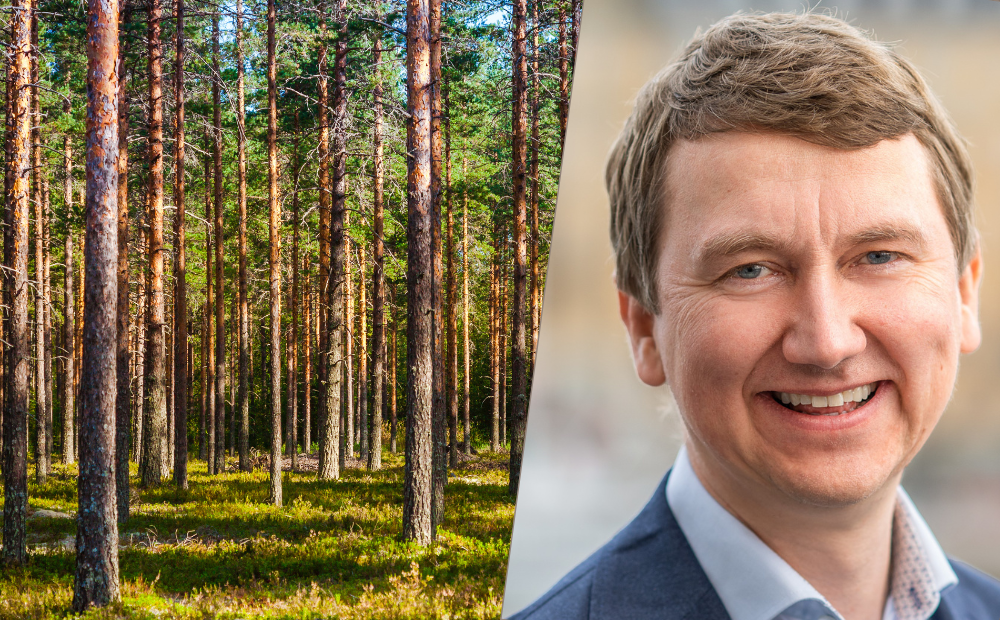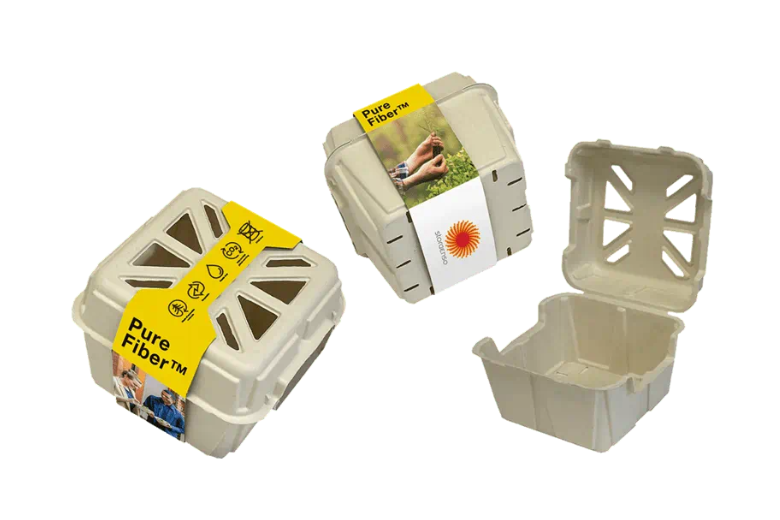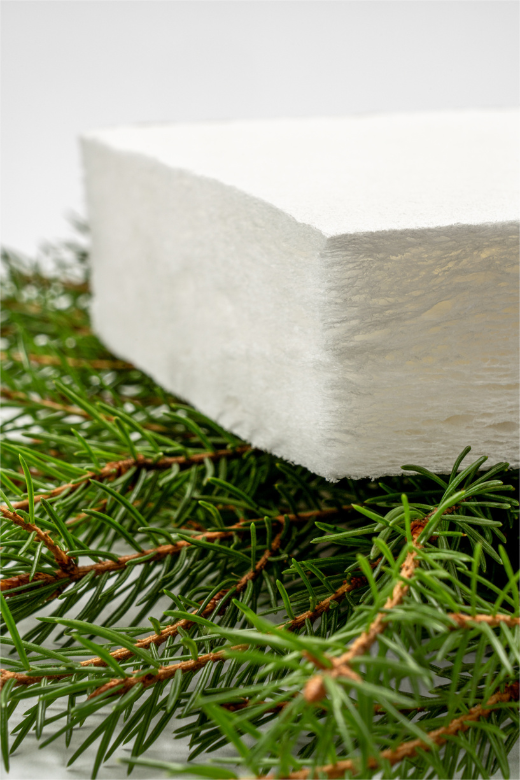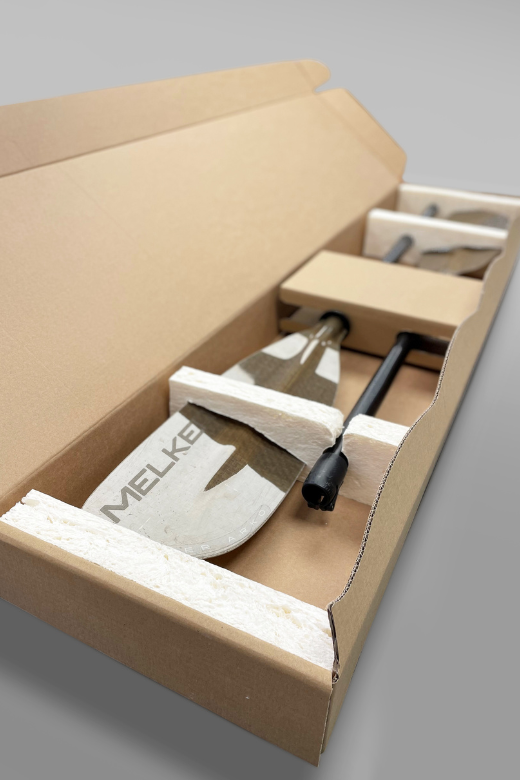What does the packaging of the future look like, Stora Enso’s Samuli Savo?

Over its 800 years of history, Stora Enso has seen a package or two. Samuli Savo, Stora Enso’s SVP Emerging Business, Packaging Solutions, stands in the company’s office in Salmisaari, Helsinki, and shows us various types of packaging in the lobby. There is foam, pulp and various boxes with and without holes.
“We’ve had to keep learning over the years, focus on what works, be open-minded and innovate. We’ve done some pretty strange things, which have turned out to be quite interesting,” says Savo later in the meeting room.
The roots of the company’s predecessors, Stora AB in Sweden and Enso Oyj in Finland, go back to copper mines and sawmills of the 13th and 19th centuries. In 2022, Stora Enso owned or managed more than 2 million hectares of forest land worldwide.
Savo has been in his present role for three months, though he has been working at Stora Enso for almost six years, first as the Group’s Chief Digital Officer and then as the development director of the Packaging Solutions division. All these roles have involved innovation efforts from different perspectives.
Stora Enso completed the acquisition of a Dutch corrugated cardboard packaging manufacturer at the beginning of the year. The acquisition meant that the company’s packaging solutions business grew substantially, and Savo became responsible for leading the division’s innovation businesses. In addition to innovations directly related to packaging, the portfolio includes everything from 3D-printed biocomposite furniture to smart fridges.
Have you always been fond of packaging?
“I’ve always been fond of interesting business models,” says Savo, laughing.
Sustainability at the heart of the packaging of the future
When we talk about the packaging design of the future, the one word that inevitably stands out is sustainability. When Savo joined Stora Enso six years ago, sustainability did not play as important a role in companies as it does now.
“It was more of a case of “nice to have” than a core part of the business. I realised that the people here were serious about it,” says Savo.
Stora Enso’s sustainability targets are ambitious, indeed. For example, all products that the company sells will have to be 100% recyclable by 2030. The company is also committed to reducing greenhouse gas emissions from production, supply chain, transport and customer operations by 50% by 2030 compared to 2019.
The targets will not be achieved without changes. Savo says that in terms of recyclability of packaging, the focus is simply to identify products that are not recycled for one reason or another, and either reduce their sales or get them to be recycled. As far as emissions are concerned, efforts must be made to find packaging solutions that both reduce emissions and do their job of protecting products. If a tomato is crushed inside its packaging, the emissions generated over its life cycle are wasted.
The stress resistance of packaging is tested at Stora Enso’s industrial testing laboratory in Riga, for example. The lab has six devices that simulate a package’s journey. Packages are stacked, shaken, squeezed, lifted, exposed to different temperatures and dropped. Packages used by online shops, for example, must withstand 17 drops, according to Savo. In addition to testing laboratories, packaging is tested at the design stage through simulation.
“We have a lot of great people working as designers; they are able to think about things from different perspectives. One is a landscape architect, the other has designed yacht interiors. People who can think box outside the box.”
The packaging of the future tells a story
What kind of packaging does thinking outside the box produce? Savo points out the wood fibre-based foam and pulp pressed into shape among the products in the lobby.
Stora Enso has two wood fibre-based foams: Papira and Fibrease, which are in the pilot phase. The foams can be used in corrugated cardboard boxes to protect products, just like plastic packaging filler, for example.
Pressed pulp products can be produced in two ways: by dry molding or by wet molding. Stora Enso uses both methods. Many companies already use wet molding, and products made using this technique can replace items such as plastic take-away cup lids. Dry molding uses less water and, consequently, this method also uses less energy. In late 2022, Stora Enso invested in PulPac, which focuses on developing dry molding technology.
“We believe that the market for molded pulp products will grow. It can replace a number of things made from single-use plastics that many people are used to using.”
Savo believes that both foams and molded pulp have their uses in the packaging of the future. Packaging will become more complete – the development will no longer only focus on the outer shell, but also on the inner parts. Functionality becomes more important. How does it open and close? How does it best serve the product inside?
Savo thinks that packaging will be made of different materials in a more creative way and will becomes more complex and customised. Packaging must also fit the values of the company.
Savo gives paddles as an example. A customer that sells canoeing products used to send paddles wrapped in plenty of plastic. The story told by the packaging ran counter to the story of the company, which promotes environmental values. Plastic wrap was replaced with a corrugated cardboard box, the insides of which were made from wood fibre-based foam. The packaging also serves as a holder that can be fixed on a wall. There will be more packaging stories like this in the future.
“We don’t sell brown cardboard boxes, we sell stories. We need to think about how a packaging solution fits into a particular story.”
EU regulations on packaging design – help or hindrance?
The tightening of EU legislation will further complicate how the packaging of the future is designed. The European Commission’s proposal for a regulation on packaging and packaging waste encourages reuse, but the proposal has been met with mixed feelings in Finland. For example, the Finnish Forest Industries Federation wrote in a press release published at the end of 2022 that the proposal is problematic in many aspects, both for the well-being of the environment and the forest industry.
Savo says that the goal of the regulation – reducing waste – is obviously commendable. Savo says that he is currently interested in reuse. Most of Stora Enso’s current packaging products are based on renewable and recyclable materials, but washing them for direct reusability, for example, is challenging .
“Reuse is certainly sensible in some cases, but in other cases it is neither efficient nor environmentally friendly. We want to learn more about it,” says Savo.
Stora Enso is looking for experiences in Sweden, for example, where it has been involved in a small-scale pilot with Pressbyrån on reusable coffee cups for the past couple of months. Experience from the pilot shows that educating consumers to reuse products will be the biggest challenge, not so much the system or related technology.
“If a consumer simply wants a cup of latte to take away from a café in the morning, can they be bothered with the hassle of a reusable cup? Some can, certainly. But is the average person ready to do it?”


